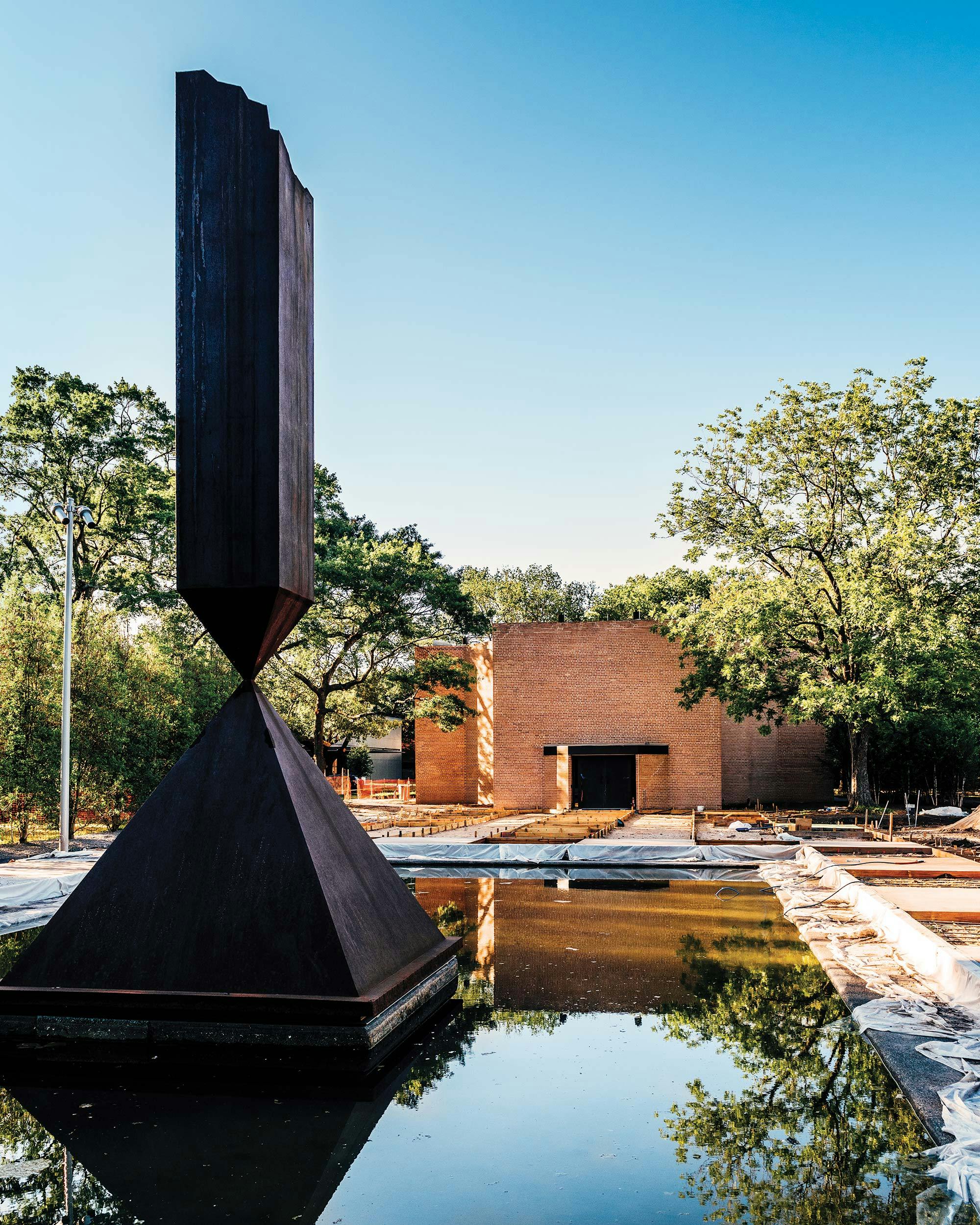Lent Unfolding Into Easter
Early in our marriage, my husband and I were reading side by side in bed when I burst into laughter. I was reading a book called Seeds of Hope, and he was reading one called The Coming Disaster. Talk about competing world views! We did manage to get through over twenty five years of rosy-colored-glasses me and doom-and-gloom him thanks to those bursts of laughter, frequent but mercifully silent eye rollings, and some heated debates which yielded no resolutions nor conversions except the joys of making up afterward. Neither of us gave in; neither of us gave up, but we managed to harmonize anyway. I guess you call that love. I guess you call that many Lents unfolding into many Easters.

I write this in Holy Week when we so vividly confront the savagery of torture, the isolation of suffering, the questioning of missions, the fear of being forsaken. The camaraderie of an evening meal shared in community on a Thursday evening may help but less so when a foreboding of darkness to come overshadows even this solace and comfort. When the black wall of Good Friday is ahead in all its terrifying magnitude, the dream of an Easter can seem only that, a dream.
Black walls…Easter.
A few years ago I visited an interfaith chapel in Houston, Texas designed by artist Mark Rothko and commissioned by the (Catholic) Menil family. I had heard about the very famous Rothko Chapel for decades and was anxious to visit it. I loved the Rothko works I had already seen in museums elsewhere, including his signature color field paintings, giant canvases of rich, deep, vivid hues. Imagine, for example, the kind of enormous red canvas you feel absorb you so completely you become the color itself, actually experiencing it vibrant and vibrating inside you! For one who loves color as much as I do, encounters like that are always remarkable.
Imagine then my surprise walking unprepared into The Rothko Chapel and finding not only no color but, instead, the dimly lit interior of a windowless geometric building with only an opaque skylight above, some comfortless backless wooden benches arranged in the center, and all the walls covered in enormous totally black paintings. I had willingly blinked out the Texas sun to enter inside, but now all I wanted to do was run back into it. This was a definitely a Good Friday Chapel, I thought, created for mourning, for reckoning with torment, with sin, with hopelessness. I read Seeds of Hope, I thought; this is The Coming Disaster.
But I knew my sunny self was actually rebelling because it was terrified.
It was when I fought that fear and moved closer to the paintings that the miracles started to happen. As I stood quietly, just looking at each looming black canvas wall of paint, slowly, slowly, I began to see colors emerging, maroons and grays at first, then a hint of ivory, and deep, deep blue, and shadows of green and purple. And then forms emerged, at first amorphous swirls and shapes, which gently seemed to resolve themselves into figures and structures and designs, each subtle, each faint, each dark, but there. What had once seemed like only giant ebony paintings were actually luminous with inner light and possibility. And I wondered: Had the artist put that into the painting or had I? Were others seeing what I was or something entirely different or nothing at all? And did it matter? Whether we were stuck in a Good Friday vision in our present lives or seeing glimpses of Easter instead, weren’t we at least looking together?
I am resistant, but not unwilling, to change. I can see dark when I have to; I can even stay there for a while. But then I have to look further and I have to move forward, for that is when the colors appear. And this is all I ask of our Church, too. Let’s not dismiss each other or forsake each other. Let’s move on together. Let’s partner in a new vision.
Isn’t that what we call love…and Easter?
